IBM PureSystems. New era of computing
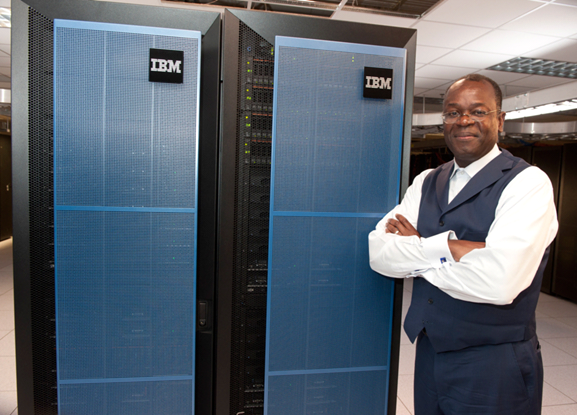
As we already wrote , in April IBM announced the PureSystems integrated software and hardware systems, which are fully ready for deployment, and use the expert knowledge of installation and maintenance of enterprise-class applications accumulated by IBM specialists.
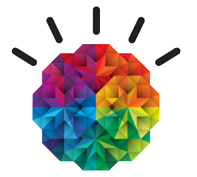
In this article I will tell you in more detail about IBM PureSystems, the development of which was carried out for 4 years in 37 laboratories and 17 countries.
Investment Size: $ 2 billion
')
 According to Andrei Filatov, director of the IBM hardware department in Russia and the CIS, business development requires companies to introduce new IT solutions for building efficient data centers, internal clouds and using new business applications. But the implementation of such projects for most customers is difficult for several reasons:
According to Andrei Filatov, director of the IBM hardware department in Russia and the CIS, business development requires companies to introduce new IT solutions for building efficient data centers, internal clouds and using new business applications. But the implementation of such projects for most customers is difficult for several reasons:1) Companies do not have enough finance, because more than 65% of the budget is spent on managing the existing IT infrastructure
2) The necessary experience of the staff is lacking, which leads to an increase in the deployment time and the integration of new solutions, their configuration, tuning, scaling and management
In order for companies to quickly and efficiently and with the least effort implement and use IT resources to solve their business problems, IBM releases the IBM PureSystems integrated system family with built-in expertise.
 IBM PureSystems is the name of the entire family as a whole, which is currently represented by two systems:
IBM PureSystems is the name of the entire family as a whole, which is currently represented by two systems:• Infrastructure solution PureFlex System, built-in expertise which allows the detection and prediction of the use of resources necessary for information processing
• The PureApplication System platform, which, through integrated expertise, optimizes the deployment and loading of third-party business applications.
At the heart of PureFlex Systems is the latest chassis with the ability to install up to 14 compute nodes and combines:
• Modular two- and four-socket servers with Intel Xeon or IBM Power * processors
• Different versions of IBM Storwize V7000 storage systems with external disk virtualization
• Network switches (models available with 10 / 40Gb Ethernet, FCoE, Fiber Channel and InifiniBand ports)
• PCIExpress expansion modules and disk shelves
• 4 operating systems to choose from: AIX, IBM i, Windows and RedHat and SUSE Linux
• 4 virtualization technologies: Power VM, KVM, VMWare ESX or Microsoft HyperV
* Five different models of compute nodes can be installed in the IBM Flex System: the Flex System x240 and Flex System x220 models each have two sockets for Intel Xeon processors; Flex System p260 comes with two sockets for Power7; and the Flex System p460 has four sockets for the IBM Power7 processor. It also offers a p24L model with Power processors, using Linux as the OS. Each of the models has about ten varieties, differing in the number of cores, types of adapters and other parameters.
One of the features of PureSystems is the IBM Flex System Manager Node, an IBM software and hardware system, which achieves the highest possible efficiency in managing the IT infrastructure, using servers, storage systems, network devices and virtualization tools.
IBM PureFlex Systems is available in 3 basic configurations, which can be easily expanded based on customer requirements:
• PureFlex System Express - a system for medium and small businesses
• PureFlex System Standard - a system to support ordinary corporate applications
• PureFlex System Enterprise - a system for large DBMS and high reliability configurations

PureApplication System is similar to the PureFlex System. It has large computing power and built-in storage. PureApplication System is presented in several versions which can be installed from 96 to 608 cores, from 1.5 TB to 9.7 TB of RAM, as well as 6.4 TB of solid-state drives and 48 TB of hard drives.
With PureApplication System, you can use your own software, middleware, and virtual system software templates, which speeds software deployment and management.
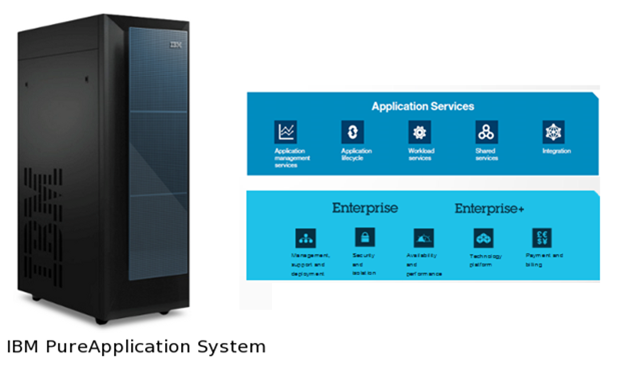
The basis of PureSystems laid the new functionality of the software - "expert models". This approach transforms technological knowledge and expertise into reusable software packages for downloading via the Internet. "Expert models" are offered in three categories:
• IBM Patterns (IBM models)
• ISV Patterns (Models from independent software vendors)
• Customer Patterns
In addition to significantly reducing application deployments (for example, applications that took days to deploy, can now be installed and prepared for work in 10 minutes), “expert models” greatly simplify the operator’s work by offering huge sets of “patterns” to customize the management of the entire infrastructure and deployment. cloud environments.
Another nice feature of PureSystems is the use of mechanisms to improve reliability, availability and service convenience, which are:
• Find the causes of potential problems.
• Automatically communicate with IBM service when a failure is detected.
• Collect data on all system malfunctions
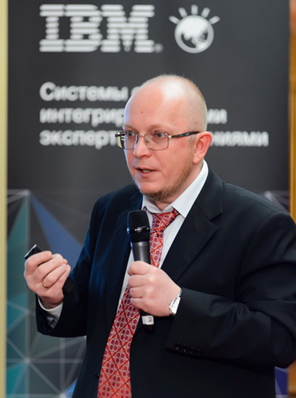 "The new systems have allowed more than 150 customers from around the world to reduce IT maintenance costs by up to 40-50%, at the same time providing customers with the ability to handle twice as many applications without expanding the area of data centers."
"The new systems have allowed more than 150 customers from around the world to reduce IT maintenance costs by up to 40-50%, at the same time providing customers with the ability to handle twice as many applications without expanding the area of data centers."According to Kirill Tereshenko, IBM System X Business Development Manager in Russia and the CIS, all hardware and software are fully integrated and optimized at the plant. And the system of allocating and distributing server and storage resources is optimized for workloads (including peak) defined by customer applications. IBM PureSystems is ready for use within a few hours of power on and has a single interface for managing the entire system.
Additional Information:
• LP PureSystems on ibm.ru
• IBM PureSystems Redbooks
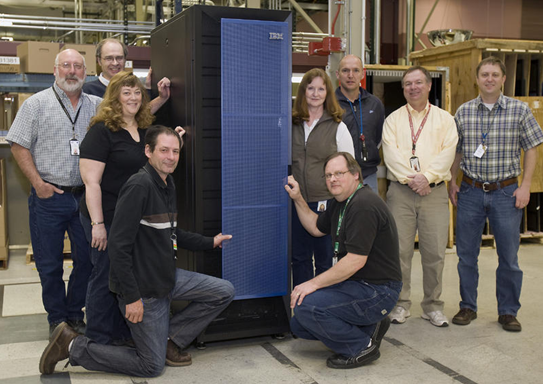
Source: https://habr.com/ru/post/150977/
All Articles